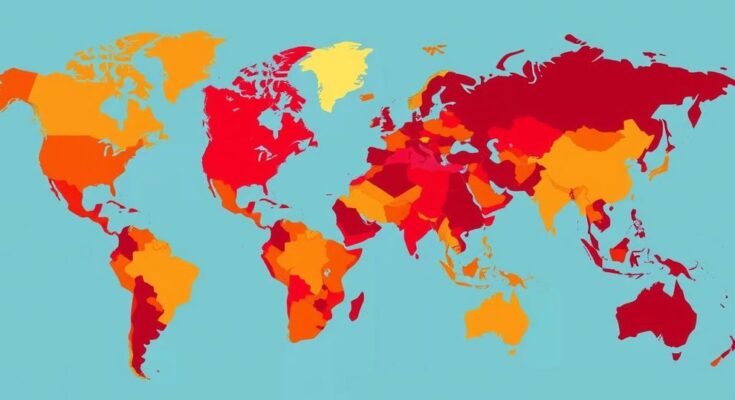The Trump administration is drafting a travel ban proposal targeting citizens from up to 43 countries. The proposal includes a ‘red’ list of 11 nations facing outright bans, and an ‘orange’ list of 10 countries where travel would be restricted but not entirely prohibited. The suggestions are still under review by various officials.
The Trump administration is reportedly contemplating a new travel ban that could affect citizens from up to 43 nations, extending restrictions beyond those implemented during his initial term. A draft proposal indicates three tiers of countries with varying levels of entry restrictions for their citizens.
The proposed “red” list identifies 11 nations, with citizens outright banned from entering the United States. This list comprises Afghanistan, Bhutan, Cuba, Iran, Libya, North Korea, Somalia, Sudan, Syria, Venezuela, and Yemen. Officials, preferring anonymity, noted these recommendations arose from State Department discussions weeks prior, indicating possible changes before finalization.
Given the sensitive nature of this internal deliberation, officials from embassies, regional bureaus within the State Department, and intelligence specialists are currently evaluating the draft. They provide feedback on the accuracy of the described issues concerning individual countries and whether existing cooperation on other matters merits reevaluation of some inclusions.
Moreover, the proposal includes an “orange” list of 10 countries, wherein travel would face restrictions but not be entirely prohibited. In these instances, affluent business travelers may be permitted entry, although immigrants or tourists would remain barred from traveling to the United States.
In summary, the Trump administration is contemplating a significant expansion of travel restrictions, potentially affecting up to 43 countries. The proposed categorization includes a complete travel ban for 11 nations labeled as “red” and restricted travel for 10 nations categorized as “orange.” Ongoing evaluations from various officials highlight a consideration to ensure that national interests and diplomatic relations are preserved during this process.
Original Source: www.nytimes.com




